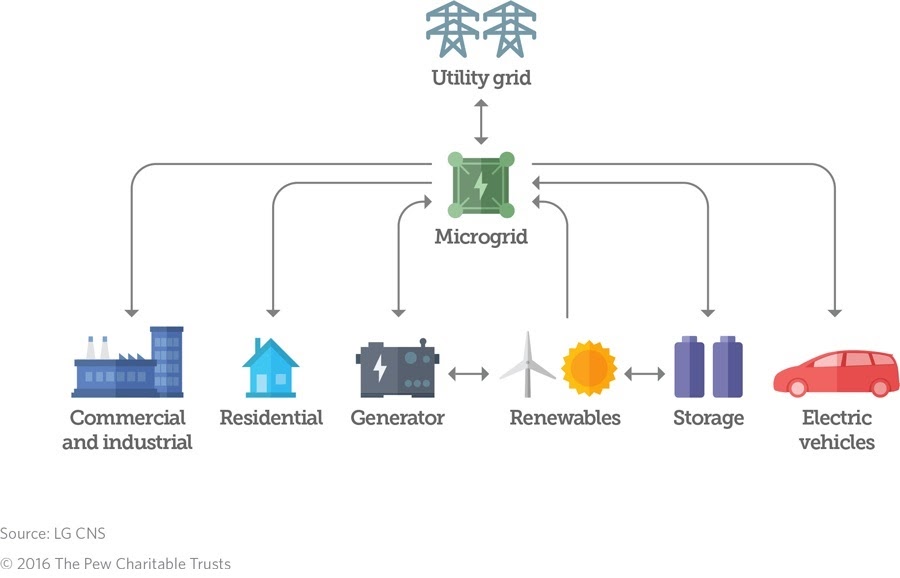
Source: NC Sustainable Energy Association
By Ben Brown, Alliance for Sustainability Intern
There is no question that widespread adoption of renewable energy is key to addressing climate change. Fortunately, with solar energy from just one hour of sunlight striking the earth alone, we could have more than enough energy to meet the entire world’s energy demands for a year. The challenge is how to capture, store and make that energy – along with wind and other renewable energy – available for widespread use.

In his New York Times article from earlier last month, Ivan Penn details the raging battle going on between different sides within both the Biden Administration and Congress about how best to harness and distribute this clean energy. The debate is between two options: a “centralized” nationwide transmission network carrying renewable energy from massive, remote solar and wind farms and “distributed” solutions, which are scaled down and community based.
Option one is to develop new powerline infrastructure with massive transmission lines to bring electricity from distant solar and wind farms to cities and suburbs. This would connect grids to bring energy from areas generating excess power to places that struggle to generate enough to sustain themselves. President Biden has already endorsed the idea, allocating $73 billion of his new infrastructure bill to this exact cause. Doing so can help achieve standardized results in a relatively shorter amount of time and can help manage crises by pulling energy from places with a surplus to any region struggling to meet its needs.
That said, such power lines are very risk prone, from cyber-attacks to natural disasters. Last year, Pacific Gas and Electric from California was charged with 84 counts of involuntary manslaughter after its power lines toppled and sparked a massive forest fire in 2018. Such massive transmission lines can also be difficult to implement, having to jump through local governmental regulations and oftentimes vehement community opposition. There are also losses of energy from transmission over such long distances.

Source: LG CNS, Pew Charitable Trusts
Option two is to take advantage of what is called “distributed energy,” utilizing a localized approach combining rooftop solar, wind and other clean energy, and storage mechanisms to create a structure known as microgrids. Many environmentalists have advocated for this as it helps ensure independence and resilience as communities no longer must rely on utility grids prone to human, system, and weather-based failure.
Unfortunately, U.S. Energy Secretary Jennifer Granholm has noted that it won’t alone be fully effective in eliminating greenhouse gas emissions from the energy sector by the target year of 2035. There’s also the concern that, because individual energy storage technology isn’t quite where it needs to be, its high expense could mean only the wealthy are able to purchase the required hardware and supply their own energy, leaving the middle and lower classes to support the larger power grids all by themselves. And of course, energy companies are fearful of being displaced.
Congress and the Administration are debating which option or combination to invest in. Which option – or some combination – should be chosen to best fight climate change?
Most people agree that some resources must go into connecting our grids to help maximize the energy we do have and mitigate emissions as much as we can over the next fifteen years. But we also need to focus resources into equitably building up community renewable infrastructure that will be key to climate resilience and, ultimately, be a safer, more reliable option if done well.
The divide between those favoring each option crosses political, religious, and socio-economic backgrounds, which underscores that the answer might be different for each community. I encourage you to think about and research how the debate is taking place in your community. If we want to achieve the changes our planet requires, each and every one of us will need to play a role in making that happen.
